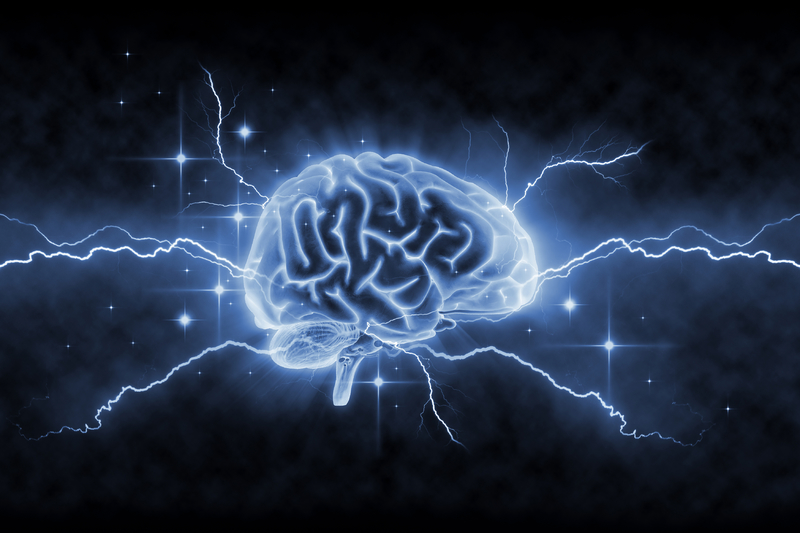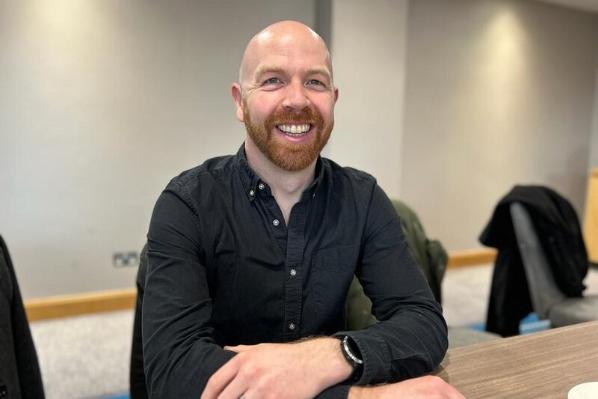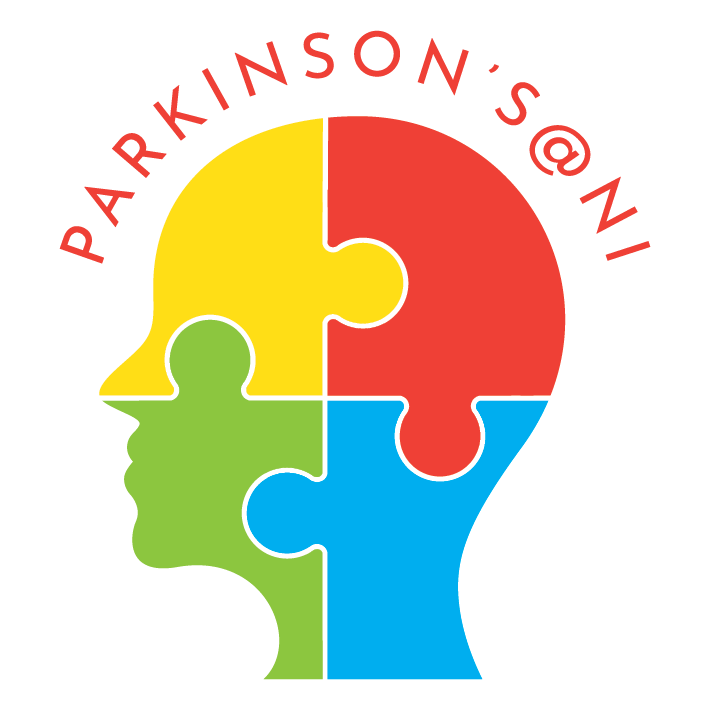Brain and Behaviour
Our research encompasses a wide range of topics related to neural underpinnings of sensorimotor, cognitive and behavioural functions. This work extends from fundamental (with the aim of understanding the mechanisms underlying human performance, mobility, health and well-being) to applied (utilising fundamental knowledge to improve health and well-being across the lifespan, and enhance functional capacity in multiple domains).
We have access to extensive facilities for behavioural and neurophysiological studies. These include: multiple 3D motion tracking systems; equipment for electromyography (EMG); functional near-infrared spectroscopy (fNIRS); transcranial magnetic stimulation (TMS) with Neuronavigation; electroencephalography (EEG); posturography (Neurocom Balance Master); eye tracking, sound-synthesis, gait analysis (AMTI force-plates); and a range of stimulus presentation systems, including immersive VR environments. Off-site, we have access to commercial services for magnetic resonance imaging (1.5 Tesla).
The current research interests of the group include: the restoration of upper limb function in stroke survivors; goalkeeper movements during free kicks; the neural basis of interception; balance control across the lifespan, in clinical and atypical populations; movement sonification strategies for visually impaired people; diagnostic biomarkers for motor neurone disease; the neural basis of individual differences in the preservation of cognitive and motor function in later life; and motor learning in music and other skill domains .
Beta bursting activity
Showing brain activity occurring in ‘bursts’ within the 15-30Hz ‘Beta’ frequency range during recordings where participants are engaging their brain’s ‘stopping’ networks – ie. It is the brain’s ‘breaking system’ upon hearing a cue to STOP moving.
Check out some recent publications in each of our research areas. More publications can be found on our individual profiles above.
-
Healthy Aging
- Motor Control Learning
- Parkinson’s disease
- Sport
- Stroke
Carson, R. G., & Hayward, K.S. (to appear). Using mechanistic knowledge to appraise contemporary approaches to the rehabilitation of upper limb function following stroke. The Journal of Physiology.
Liang, W., Xu, Y., Schmidt, J., Zhang, L., Ruddy, K.L (2020). Upregulating excitability of cortico-spinal pathways in stroke patients using TMS neurofeedback; a pilot study. Neuroimage Clinical, 23, 102465.
-
Techniques in Neuroscience
Carson, R. G., & Leemans, A. (2024). Tractography derived quantitative estimates of tissue microstructure depend on streamline length: A characterization and method of adjustment. arXiv preprint arXiv:2403.02102.
Williams, S., Carson, R., & Tóth, K. (2023). Moving beyond P values in The Journal of Physiology: A primer on the value of effect sizes and confidence intervals. The Journal of Physiology, 601(23), 5131-5133.
- Neural Plasticity
- Visual Impairment
- Cognitive Neuroscience
- Human-Robot interactions









